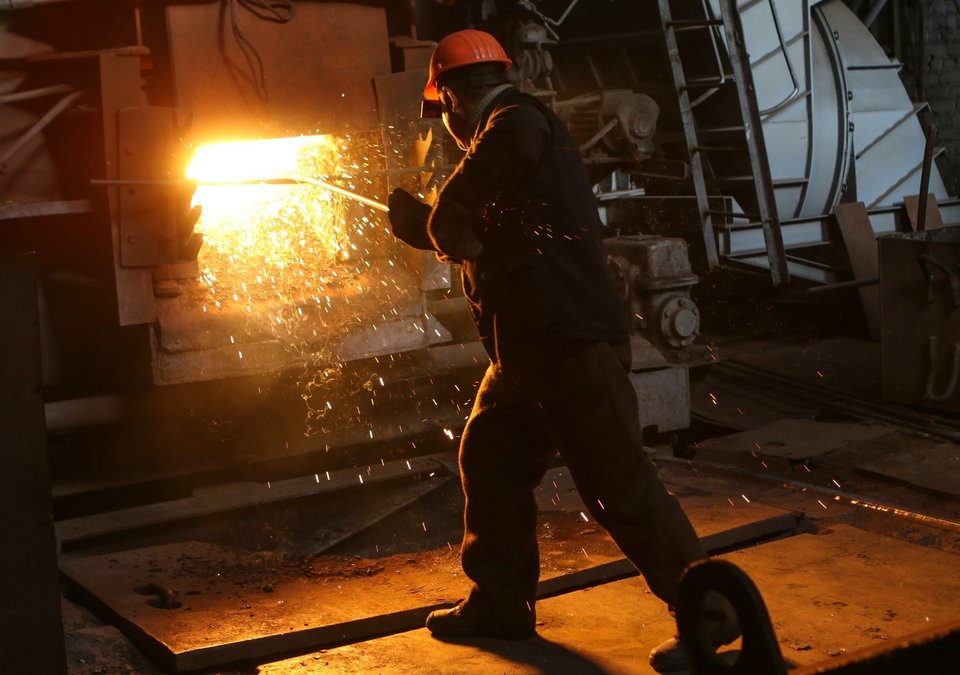Hand Arm Vibration Syndrome (HAVS) formerly known as Vibration White Finger (VWF) is a condition caused by exposure of the hands and arms to excessive vibration as a result of using handheld tools such as pneumatic drills, grinders, chipping hammers and the like.
HAVS has two main components, namely damage to the blood vessels and damage to the nerves of the hands and arms. Symptoms include loss of grip strength in the hands, and loss of sensation, numbness and tingling in the fingers. The fingers typically go white when exposed to cold, then become red and painful on recovery. The condition is preventable but once the damage is done the nerve damage is permanent, although the damage to the blood vessels can reverse to some extent if the exposure to vibration ends.






